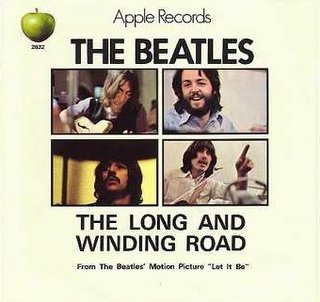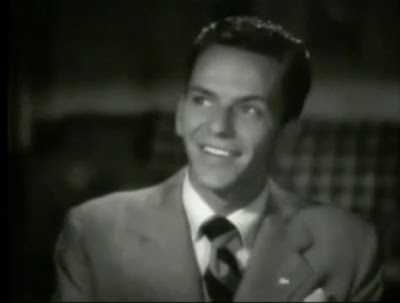
Nooooooooooooo!!!! Oh well, all good things must come to an end, I suppose (he said, bitterly). It is being reported that Steve Carell has officially stated the next season of The Office will be his last. I have some mixed feelings about this. For one thing, at some point for me, the show clearly jumped the shark. I've not dwelled on it enough to pinpoint precisely when. Maybe it was when Pam stopped being the receptionist and became a salesperson. It may have been near the beginning of this season on the third episode, "The Promotion", when Michael Scott (Carell's wonderful character) and Jim became co-bosses at Dunder Mifflin.

Certainly when Dunder Mifflin became Dunder Mifflin Sabre, it was clear something had been lost. That delicate mix, the precarious balance which had up until then made the show so special had been overly tinkered with. Perhaps the writers were trying too hard, running out of ideas, and all they could think to do was to put the Fonz on that motorcycle.

My absolute fanaticism for the show seemed to change a bit during last season, so maybe it was then. Also, I felt quite a disturbance in the Force when I began to see it being repeated on TBS. It somehow started to seem less special, more mundane. It had been something I felt ownership of, and it was now being shared with "the masses" (on TBS). With Carell leaving (sob, sniff, sniff), as one commenter at A.V. Club says:
"if he goes, i go.
no interest in the jim/pam baby show."
Amen to that, brother. If Carell leaves, it's pretty much over for me. But there are the season DVDs (all of which I own), there's Hulu, as well as the aforementioned TBS repeats, so the show will never die. Still...I can't help but feel a little bit sad at the potential (there's a theory Carell is angling for a Seinfeld-like salary increase) loss, that it may all be coming to an end. It's been a great ride, lots of laughs (many times to the point of tears and not being able to breathe), and many, many hours of enjoyment.....That's what she said:




















